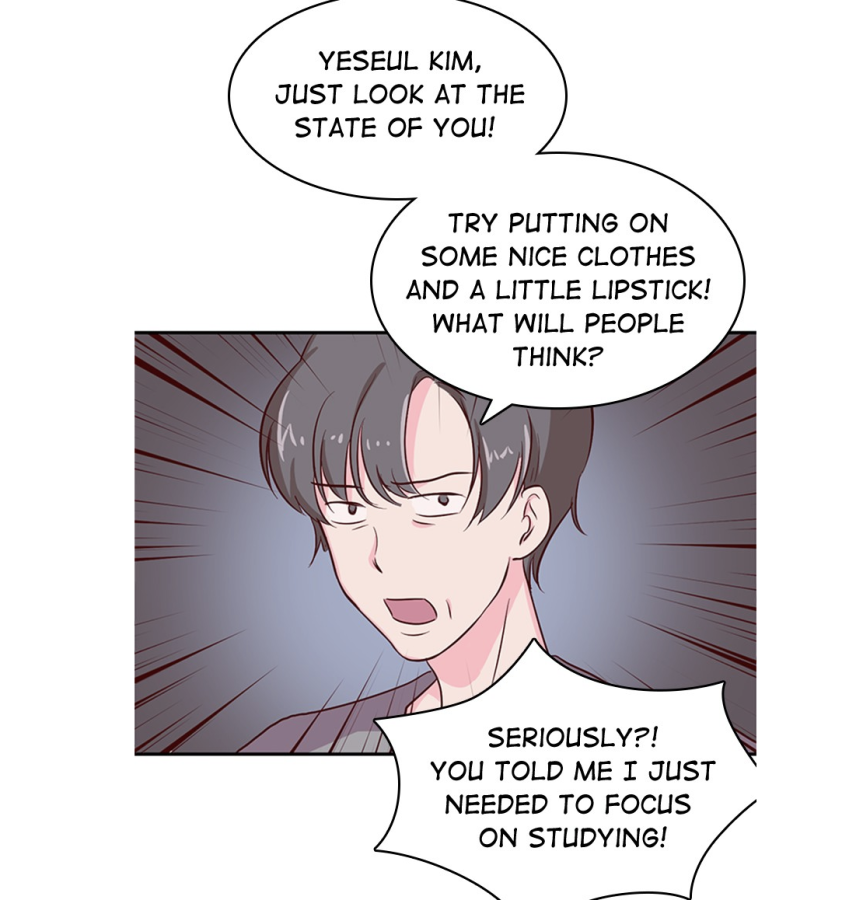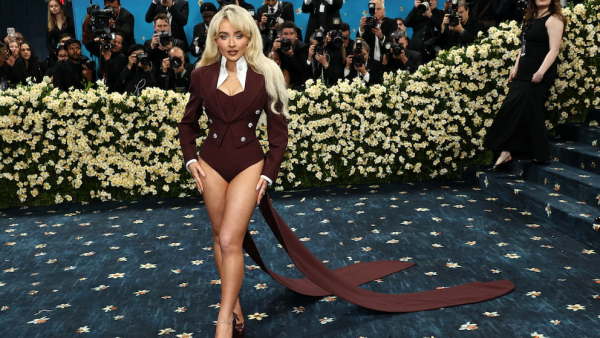Webtoons
Their growth expands creative opportunities, and also highlights sexist tendencies
Webtoon fan bases have grown exponentially since Webtoon’s global launch in 2014 – so much that most of you reading this probably know exactly what I’m talking about and don’t need an explanation of what webtoons are. For those of you who don’t know, webtoons are digital comics that are written in Korean and translated into English. They are presented in episodes that are released weekly and users can read ahead by upgrading to “fast pass.” Creators self-publish their webtoons on ‘canvas’ and may be published by Webtoon, moving them to the ‘originals’ section. ‘Canvas’ creators can operate on their own schedules and publish their work anywhere. In comparison, ‘originals’ creators are assigned editors, must create episodes regularly, and are paid directly by Webtoon.
I started reading webtoons around 2018 along with a couple of my friends. At the time, barely any people I knew read webtoons. This past year however, almost every person I’ve talked to on the subject knows exactly what True Beauty (most people’s first webtoon) is. As I’ve started consuming more webtoon content and branching out into different genres, I’ve come across more and more webtoons that feel very sexist to me. Why did I never notice this in the past? After looking more closely at the supernatural/horror/action webtoons that I typically read, I’ve come to the conclusion that it’s because they don’t have many developed female characters, which is easily overlooked given the weekly format for episode releases. Without female characters, there is nothing inherently sexist besides the lack of female characters itself, which is hard to notice in short weekly episodes.
I find that thinking back on female characters in supernatural/horror/action webtoons, I can’t remember much whereas it’s much easier to think of what the male characters did. Scrolling through the action webtoons category, I can’t think of a single female character that had a strong presence in any of them. In one of my favorite webtoons, Eleceed, the most developed female character is Jiyoung Yoo. She shows up once every seven or so episodes and rarely says anything longer than a sentence. It’s not easy to notice the lack of developed female characters because of how short and spread out episodes are, but the impact of these episodes snowballs over time. The lack of female representation not only gives us no opportunities to understand the female characters, but also implies that female voices are not as important as male voices. This is all obscured under the appeal of the exciting action-filled plot line followed by a cliffhanger in each episode. In a couple days, you’ll only remember the cliffhanger and eagerly await the new episode.
Though drama/fantasy/romance webtoons have female characters who show up more often and are more “developed”, the sexualization of the women in these webtoons is to the point where their whole persona is reduced to their revealing clothing and attractive appearances. This is especially true for drama webtoons which are typically a mixture of action and romance. Both action and romance genres on their own aren’t as problematic, but mixing the two into drama creates webtoons like Unholy Blood where every frame of Levi, one of the main female villains, is barely “PG.” She gets a lot more screen time than the number of lines she says warrants, and none of it helps us understand her as a character. Though the women in these webtoons show up more, their characters are just as undeveloped and their voices just as silent.
The sexism in different genres of webtoons appears in different ways. Scrolling through any of the supernatural, horror, and especially action categories, you’ll find a lack of women on the title covers. On the other hand, scrolling through any of the drama, fantasy, or romance categories yields a lot of men hugging or carrying women wearing revealing clothing on the title covers. Even just looking at the covers alone, we can see issues in the entire platform. Sexism is present in lots of webtoon genres, whether or not it is blatantly obvious, and constant exposure has made some of us turn a blind eye to it.








xxx • Feb 25, 2022 at 4:35 pm
I also read webtoons, and this is something I have noticed too. A good horror webtoon is “Not Even Bones”, which has a female main character that is well developed. It’s based on a trilogy of books that is at the school library. Other webtoons with great female protagonists are High Class Homos, The Last Golden Child, School Bus Graveyard, Here There Be Dragons, Evelyne And The Occult , Curses!!!, and Homesick.
Lynn Zhang • Feb 26, 2022 at 9:04 pm
I have not read a single one of those that you mentioned besides “Not Even Bones”. Off the top of my head, I would say that webtoon had pretty solid female characters. The main character had a pretty well developed character; You could see her traumatic childhood in her personality and everything she did. I stopped reading when the author went on a hiatus and never came back, but I felt like the mother character would be developed more as she became one of the main (?) villains.
This is actually such a good comment. It just hit me (not sure how it didn’t register before) that most of the main characters in webtoons are male, and those are the problematic ones!! In general, that’s also not great.
xxx • Mar 11, 2022 at 4:36 pm
The author is back from hiatus and it’s being updated regularly now